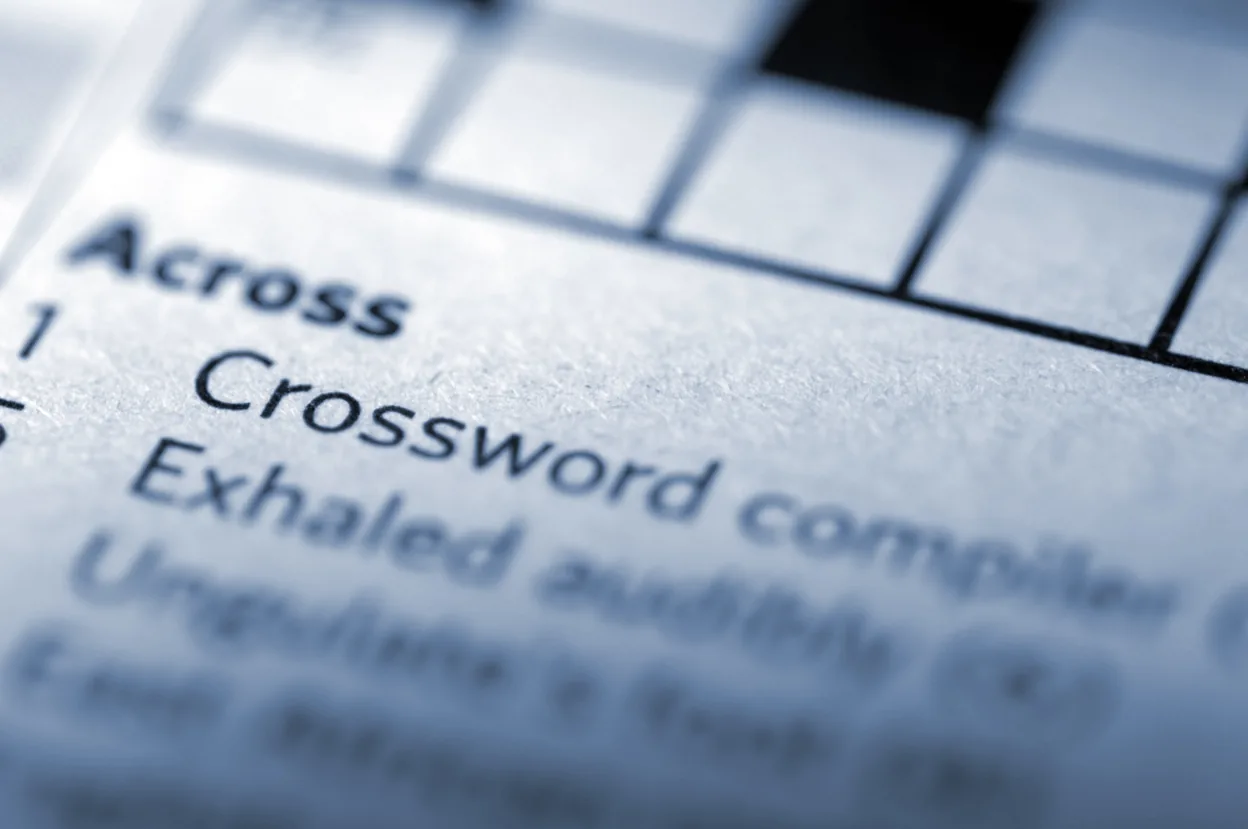Ability to Detect Misinformation Slangily NYT Crossword: 17 Smart Clue-Solving Tips
If you’ve stumbled on the tricky clue “ability to detect misinformation slangily NYT crossword”, you’re not alone. This style of clue blends pop-culture phrasing with media-literacy concepts, so even seasoned solvers pause. In this guide, we’ll unpack what the constructor is signaling, explore common answer patterns, and arm you with practical techniques to conquer clues like ability to detect misinformation slangily NYT crossword the next time it appears.

What does the clue actually mean?
Crossword editors love colloquial hints. The phrase “slangily” tells you the answer isn’t formal. So instead of “discernment” or “epistemic vigilance,” the solution will lean casual—think “BS detector,” “baloney meter,” “cap radar,” or “truth radar.” Placed alongside “ability to detect misinformation,” the clue is steering toward a streetwise sense for spotting falsehoods—precisely the vibe that ability to detect misinformation slangily NYT crossword aims to capture.
If you’re new to the misinformation topic, skim a primer on misinformation (Wikipedia) and how human cognitive biases make us vulnerable. For broader context, see Pew Research on misinformation and this analysis on why falsehoods spread quickly in social feeds from Harvard Business Review.
Common answer patterns for “ability to detect misinformation slangily NYT crossword”
Constructors typically stick to letter counts constrained by the grid. While every puzzle is different, answers that vibe with ability to detect misinformation slangily NYT crossword often look like:
- BS DETECTOR (10) — Highly common; reads perfectly with “slangily.”
- BS METER (7) — Punchy, compact, and crossword-friendly.
- BALONEY METER (12) — A cleaner substitute for BS; still slangy.
- CAP DETECTOR (12) — Modern slang (“no cap” = no lie); can appear in newer puzzles.
- HYPE METER (9) — Less direct, but sometimes clued for overblown claims.
- TRUTH RADAR (10) — Evokes “spidey sense” for fakery.
The exact fit will depend on crossings, but these families are where ability to detect misinformation slangily NYT crossword tends to land.

A step-by-step strategy to crack it
1) Read the clue for tone
“Slangily” is your neon sign. Immediately list casual phrases equal to “skepticism sense.” This primes you to test BS DETECTOR, BS METER, or BALONEY METER against the grid—fast-tracking the ability to detect misinformation slangily NYT crossword solutions.
2) Lock the letter count
Count squares and note any black-square breaks (e.g., 2-8, 3-5). If the pattern is 2-8, BS DETECTOR becomes a strong favorite. For 2-5, BS METER shines. Matching the count to candidates is the quickest way to resolve ability to detect misinformation slangily NYT crossword variants.
3) Use crossings like a lie detector
Fill easy neighbors first (abbreviations, plurals, common prefixes). Each crossing letter is a truth test. A clean sequence like B-S-D-E-T-E-C-T-O-R rarely lies; if multiple crossings validate, you’ve likely nailed the ability to detect misinformation slangily NYT crossword answer.
4) Check era and constructor vibe
NYT modern grids embrace current lingo (“cap,” “sus,” “suss”). If the puzzle skews contemporary, “CAP DETECTOR” may edge out “BALONEY METER.” Veteran constructors sometimes prefer timeless slang like “BS METER.” Context helps you judge the best ability to detect misinformation slangily NYT crossword candidate.
5) Confirm with semantics
Does the phrase really mean “a knack for spotting falsehoods”? “HYPE METER” might shade toward exaggeration, not misinformation per se. “BS DETECTOR” is semantically crisp—making it the most frequent fit for ability to detect misinformation slangily NYT crossword.
Related reading on your site
- Much of a sunflower crossword clue
- Letter-Count Strategies for Faster Solving
- Media-Literacy Terms Every Solver Should Know
Worked examples & mini-drills
Example 1: Pattern _ S _ E T E _ T O R (2-8)
- “Slangily” → informal target.
- 2-8 split → consider “BS DETECTOR.”
- Crossings: if 1-Down gives
B, 3-Down givesD, momentum builds. - Semantics match? Yes. Lock it in.
Example 2: Pattern _ S M E T E R (2-5)
- Abbreviations nearby give the S and M.
- 2-5 is tailor-made for “BS METER.”
- Double-check adjacent clues that often confirm the B or R; you’re done.
Mini-drill: Set a 60-second timer. List five informal synonyms for “spotting lies.” Try to frame them as grid-friendly letter counts (e.g., 2-5, 7, 10). This frictionless practice cements a reflex for the ability to detect misinformation slangily NYT crossword family of answers.
Common mistakes to avoid
- Ignoring “slangily.” Leads to formal words that won’t fit, wasting time on the ability to detect misinformation slangily NYT crossword clue.
- Overfitting to hype. “HYPE METER” can be tempting, but it’s not always about misinformation.
- Forcing the wrong split. If the grid says 2-8, don’t try to cram a 2-5 answer.
- Skipping crossings. One or two shaky letters can derail the correct read.
Mini media-literacy glossary (quick refresher for solvers)
Misinformation False or misleading information shared without malicious intent. See Wikipedia. Disinformation Deliberately deceptive information. Related coverage at Pew Research. Cognitive Bias Systematic patterns of deviation in judgment. Helpful background at Wikipedia. Virality Dynamics Why some posts spread faster than others; see this HBR summary.

Actionable tips to solve faster
- Build a slang bank. Maintain a personal list of colloquial detectors: “BS METER,” “BS DETECTOR,” “BALONEY METER,” “CAP DETECTOR,” “TRUTH RADAR.” Repetition primes you for the next ability to detect misinformation slangily NYT crossword encounter.
- Track letter splits. Note frequent formats (2-5, 2-8, 10). Pair each with likely answers so your brain auto-matches during a solve.
- Leverage mini-themes. If the puzzle references social media slang elsewhere, upgrade “CAP”-based candidates.
- Crossing priority. Fill short fill (abbr., prefixes) first; they’re high-signal for ability to detect misinformation slangily NYT crossword confirmation.
- Sanity-check semantics. Ask: “Does this phrase literally mean a nose for fakery?” If not, keep testing.
- Timebox guesses. Give each candidate 30 seconds. If crossings don’t cooperate, switch to the next.
- Revisit after breakthroughs. Later grid progress can flip a near-miss into a perfect fit.
Quick FAQ
Is “BS DETECTOR” more common than “BS METER”?
Both appear regularly across crosswords. When the split is 2-8, “BS DETECTOR” often wins; for 2-5, “BS METER” is a top candidate. Context is king for the ability to detect misinformation slangily NYT crossword clue.
Could newer slang like “CAP DETECTOR” appear?
Yes—especially in contemporary-leaning grids. Watch for crossings that confirm C-A-P or a constructor known for fresh vernacular. This keeps your ability to detect misinformation slangily NYT crossword toolkit current.
What if none of the letters fit?
Recheck plurals, tenses, or theme entries. One off-by-one error nearby can break an otherwise perfect ability to detect misinformation slangily NYT crossword candidate.
Conclusion
The secret to cracking ability to detect misinformation slangily NYT crossword clues is pattern fluency: tone (“slangily”), letter counts, crossings, and semantics. Stock your slang bank, practice with mini-drills, and let crossings serve as your lie detector. With these strategies, you won’t just solve this clue—you’ll sharpen your overall solving instincts for any casual, culture-aware hint that shows up next.
External references for deeper context:



